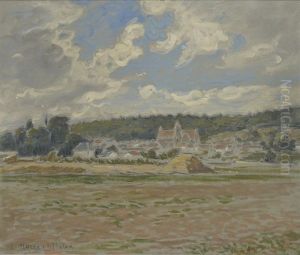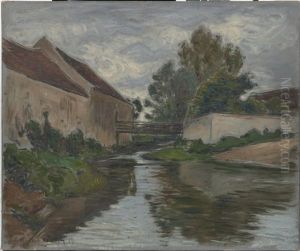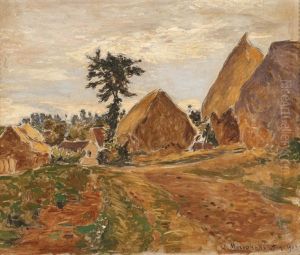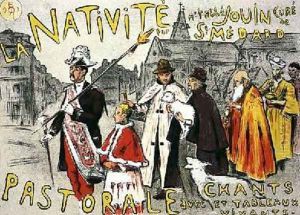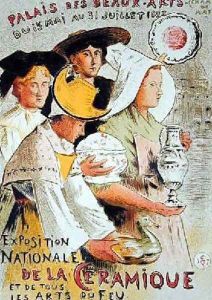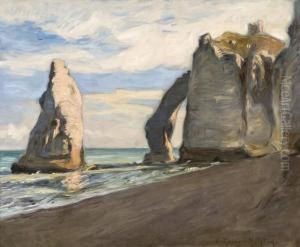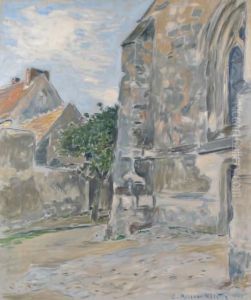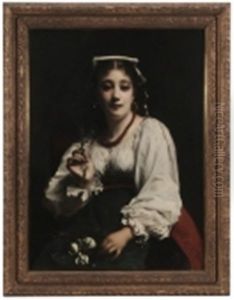Etienne Moreau-Nelaton Paintings
Étienne Moreau-Nélaton was a French painter, art collector, and art historian, born on December 2, 1859, in Paris, France. He was a part of the Impressionist movement and was associated with artists such as Édouard Manet and Claude Monet. Moreau-Nélaton initially trained as a painter, studying under artists like Adolphe Yvon and Carolus-Duran. His works exhibited the characteristics of Impressionism, with a focus on light and color, although he never became as prominent as some of his contemporaries in the art movement.
Moreau-Nélaton's contributions to art history are significant due to his extensive collection of artworks and his scholarly work on French Impressionism. He amassed an impressive collection of paintings, drawings, and ceramics, including pieces by Manet, Monet, and other Impressionist painters. His collection was later donated to the French state and contributed to the holdings of various French museums.
Apart from being a collector, Moreau-Nélaton was also an author and historian. He wrote on various topics related to French art and published works on artists such as Manet, to whom he was particularly close. His historical work provided a rich context for understanding the development of Impressionism and its impact on the art world.
Étienne Moreau-Nélaton passed away on April 25, 1927. His legacy lives on through his contributions to the preservation and understanding of Impressionist art. Today, his collected works and scholarly publications remain valuable resources for art historians and enthusiasts alike.



